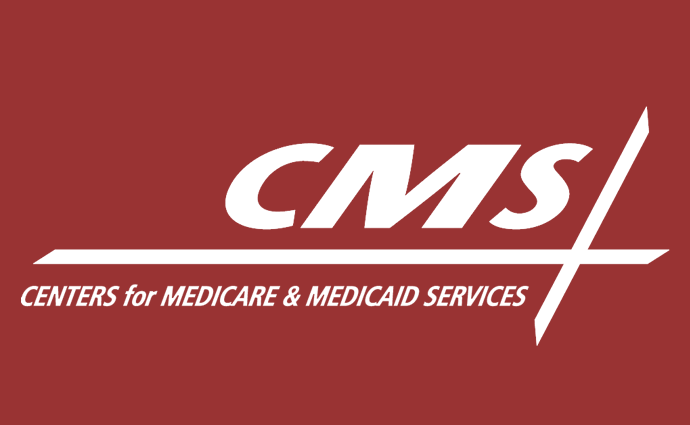Big Premium Drop, More Medicare Advantage Benefits Slated for 2021
Medicare Advantage benefits will likely include more social determinants of health support for enrollees with chronic diseases and increased telehealth benefits.

Source: CMS Logo
- As Medicare Advantage plans prepare to expand their benefits in 2021, CMS expects premiums to drop 34.2 percent from 2017 levels in the new year.
“The Medicare Advantage average monthly premium will be the lowest in 14 years (since 2007) for the over 26 million Medicare beneficiaries projected to enroll in a Medicare Advantage plan for 2021,” CMS said in a press release.
The high enrollment projections would represent a 44 percent enrollment increase since 2017. This enrollment increase includes a newly eligible population of end stage renal disease patients, which some experts anticipate will boost costs for health plans.
Other patient populations and Medicare Advantage beneficiaries at large will have access to a wider range of benefits in 2020.
Beneficiaries with diabetes will be able to choose from over 1,600 Medicare Advantage and Part D prescription drug plans which all offer insulin for a copay of $35 per month in 2021.
This is due to the Part D Savings Model, which CMS announced in March 2020, largely in response to the coronavirus pandemic. More plans have joined this model, which established a fixed insulin copay rate for the coverage gap phase of Medicare coverage. CMS declared that over 1,750 Medicare Advantage and Medicare Part D plans would participate in the model.
If plans were hesitant or unable to take advantage of CMS social determinants of health benefit flexibilities this year, they are making up for it in 2021.
Plans are specifically boosting their benefits around chronic disease management.
Around 500 Medicare Advantage plans will offer lower copayments or supplemental benefits to enrollees with specific chronic diseases and other conditions. Over 900 plans will offer benefits that are not primarily health benefits—like meal delivery—to help enrollees manage their chronic diseases.
Enrollees will also have more access to supplemental benefits, with 730 plans offering around 3 million enrollees benefits such as in-home support, therapeutic massage, and adult day health services. A handful of Medicare Advantage plans (53 plans) are also offering palliative care and integrated hospice care.
Additionally, 94 percent of Medicare Advantage plans will provide extra telehealth benefits. This is 36 percentage point jump from 2020.
Medicare Advantage beneficiaries will pay less for these benefits this year than they have in previous years. The average Medicare Advantage premium should drop 11 percent to $21 in 2021. The decreases vary by states, with some states seeing as much as a 50 percent decrease from their 2017 premiums.
Since premiums have been dropping since 2017, beneficiaries have saved a total of around $1.5 billion in premiums, CMS estimated.
Additionally, the number of Medicare Advantage plans is increasing. There will be 76.6 percent more Medicare Advantage plans available in 2021 than in 2017 (2,100 more health plans). The average number of plans per county will rise 78.5 percent since 2017 and from 39 plans in 2020 to 47 plans per county in the new year.
This is particularly crucial for rural counties. Historically, Medicare Advantage plans have seen relatively strong uptake in urban areas. However, rural areas will see an 18 percent bump in Medicare Advantage plan presence between 2020 and 2021, rising from 2,450 plans to 2,900 plans available in these regions.
CMS noted benefit coverage and provider network flexibilities as major motivators for this shift.
“Today’s announcement confirms that market competition works,” said CMS Administrator Seema Verma. “Medicare beneficiaries will feel the difference – in their health as well as their pocketbook.”
The announcement indicates that the Part D Savings Model is largely living up to expectations.
Kaiser Family Foundation released an analysis in June 2020 which stated that if the Part D Savings Model had existed in 2017 and enrollees had paid $35 copays for a year annual costs would have been 28 percent lower than average annual costs for enrollees without low income subsidies.
Medicare open enrollment starts on October 15, 2020 and ends December 7, 2020.
